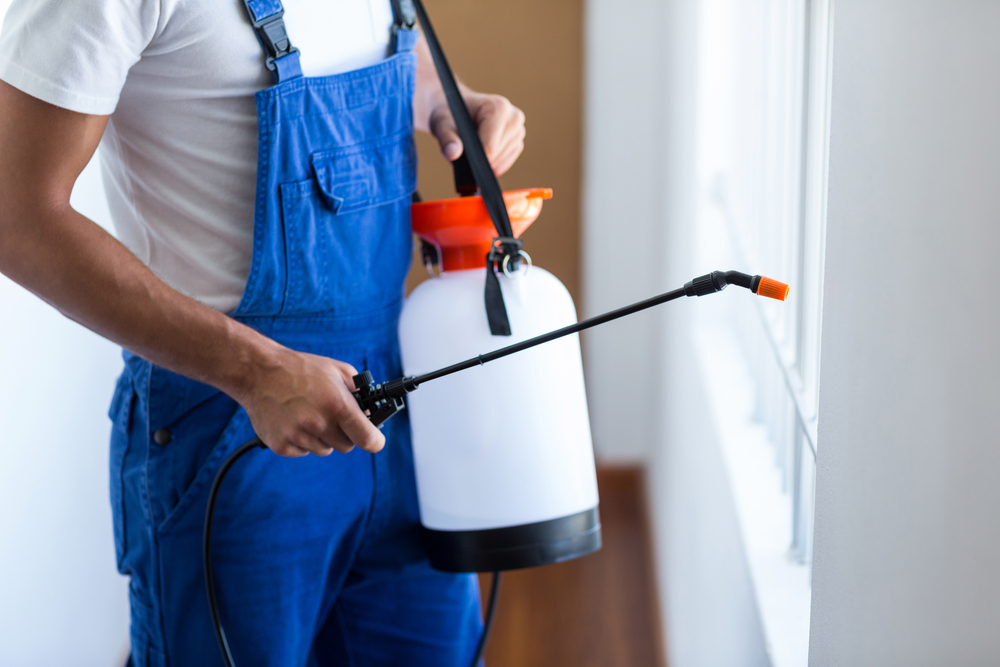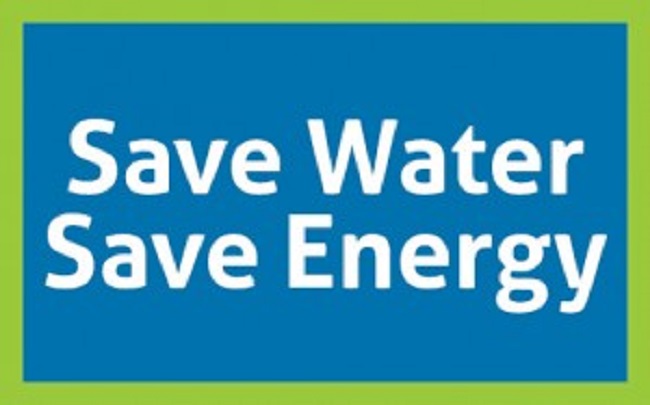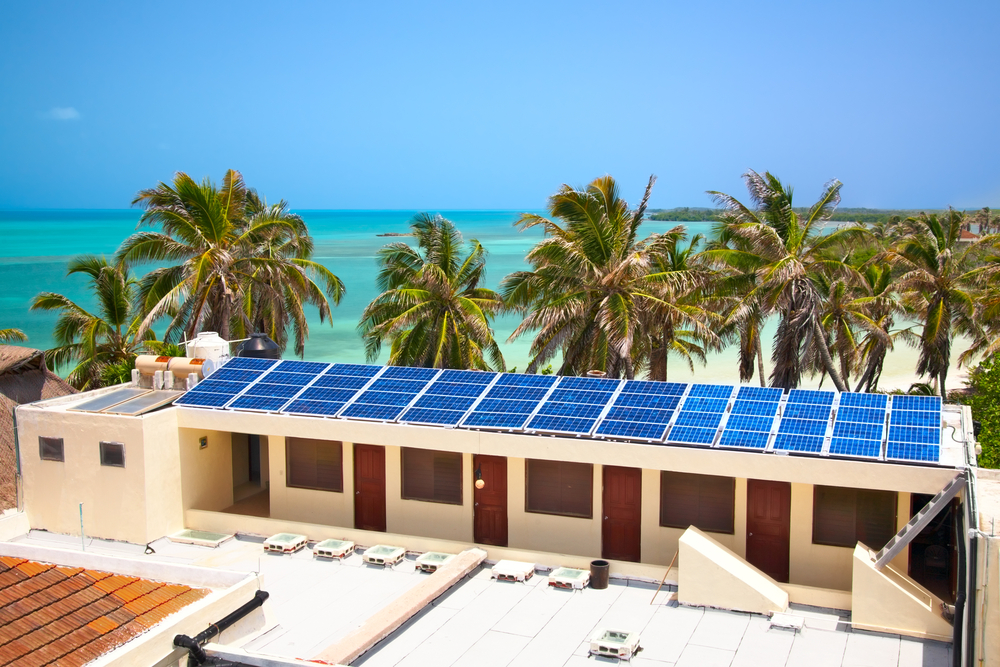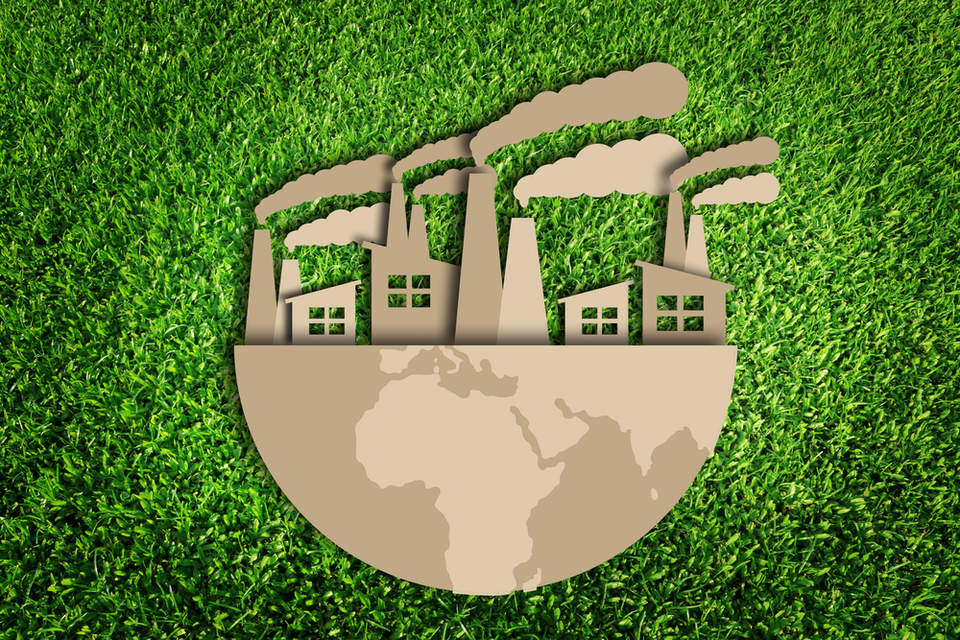Water consumption levels vary throughout Australian states and territories, with an average daily use ranging from the modest 100 litres per person in some coastal regions to more than 800 litres per person in dry inland areas. Currently, the average daily water consumption per person is 340 litres per person. However, many people tend to overlook that additional 150 litres of water are spent per person daily in the workplace, for commercial and industrial use, as well as due to system leakage. Let’s consider some of the ways we can decrease water use at work.
Educate your staff
Make a habit of talking to your staff about water saving initiatives, such as water saving policies and procedures, especially in staff inductions. You should encourage the staff to contribute to water saving ideas with suggestions of their own. Use team meetings to discuss water efficiency and provide regular reports on water use statistics. You can also appoint a ‘water warden’ who will check water meters and monitor water use. Finally, talk about establishing a baseline for water use and set achievable water saving goals.
Modify your taps
Instead of regular ones, let your plumber install water-efficient taps with an aerator or flow restrictor to use less water. Aerators mix water with air, creating a mistier spray instead of a solid flow, resulting in less water spent per unit of time. Lever or mixer-style taps are more effective than those relying on hot and cold valves, as you can reach the desired temperature more quickly. Keep in mind that even a slowly dripping tap can waste over 10,000 litres of water in a year.
Limit showers to 4 minutes
If your company offers on-site showers, switch to low-flow showerheads that can save up to 40% of water. However, a drawback of traditional shower-head aerators is the reduced pressure, which can lead to longer shower times, and virtually no savings. Shower heads with new pulsating technology, on the other hand, provide similar water saving as aerated heads, but without the loss of pressure. Instead of a continuous flow, the water is turned on and off 30 times per second, which is fast enough for a normal showering experience.
Prevent leaks
Leaks are probably the worst type of water inefficiency because you pay for the water that does absolutely nothing. Hot water system leaks are even more damaging, as you not only waste water but energy as well, so it’s important to report leaks as soon as possible. In order to localize the leak, technicians employed by this Canberra-based hot water specialist use specialised equipment such as pressure test pumps, infrared cameras and acoustical leak detectors. A leak of just 5 litres per minute can cost a business more than $8,500 in water use alone per year.
Use efficient dishwashers
Although it’s hard to believe, washing plates and cups in the kitchen sink by hand can use more water than a dishwasher. A water-efficient dishwasher uses even less water for cleaning and rinsing operations. Also make a habit and instruct your staff to always wash a full load of dishes for the maximum water efficiency.
Install dual-flush toilets
According to the Environmental Protection Agency, the largest share of water use in office buildings accounts for bathroom use. In addition, it was determined that older style toilets are highly inefficient, using about 20 litres of water per flush, while water-efficient designs use about 5 litres or less per flush. Multiply that with the number of restrooms in the building and see how much you can save. Some toilets come with dual-flush systems which are even more efficient. Water-efficient urinals with smart flush control also help avoid unnecessary flushing.
While most of us have managed to get water conservation at home in line, at work we’re often preoccupied with other issues, especially since the water use in the office isn’t directly related to our wallet. Yet, by assessing water use and implementing saving ideas on all levels, businesses can save significant amounts of water –money that can be spent elsewhere.

